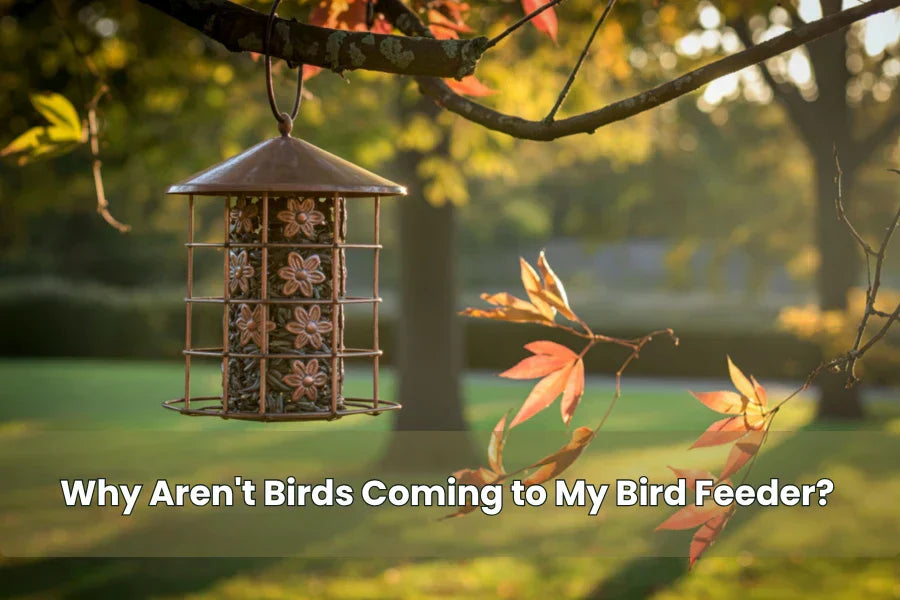Feathered Friends: Watching the Birds of North America
Inside this Article:
- Chapter 1: Key Habitats and Their Birds
- Chapter 2: Spotlight on Notable North American Birds
- Bald Eagle: The National Symbol
- Ruby-throated Hummingbird: A Tiny Marvel
- American Robin: A Backyard Favorite
- Snowy Owl: Winter's Ghost
- Red-tailed Hawk: The Soaring Predator
- Chapter 3: Birdwatching Made Simple

Chapter 1: Key Habitats and Their Birds

From the boreal grasslands of Canada to the temperate rainforests of the Pacific Northwest, forests provide a rich biodiversity that inhabits a wide variety of birds, such as the American Robin, the elusive Striped Owl, and the Woodpecker. The majestic Rocky and Appalachian Mountains of North America are important habitat for species such as the American Dipper, Golden Eagle and Clark's Nutcracker. Wetlands play a key role in filtering water and provide breeding grounds for species such as great blue herons and forest ducks. Despite arid conditions, North American deserts provide habitat for birds such as cactus wrens and burrowing owls.
Chapter 2: Spotlight on Notable North American Birds
Bald Eagle: The National Symbol

The Bald Eagle's majestic white head and tail, contrasted with its dark brown body and powerful wings, is a symbol of American freedom and strength. With its keen yellow eyes and hooked beak, this fearsome raptor epitomizes the resilience of the wilderness. Bald eagles inhabit lakes, rivers and near coastal areas, feeding primarily on fish, which they delicately snatch from the water with their sharp talons, soaring majestically into the sky.
Ruby-throated Hummingbird: A Tiny Marvel

The Ruby-throated Hummingbird fascinates with its dazzling green plumage and the male's distinctive ruby-red throat patch. The bird's amazing flight abilities, including circling and inverted flight, are achieved by rapid wing beats, making it a favorite among birdwatchers. The ruby-throated hummingbird inhabits open woodlands, gardens, and meadows, and makes a perilous annual migration over the Gulf of Mexico, coming from Central America to breed in North America. Its presence is a testament to the endurance and vigor of the bird world.
American Robin: A Backyard Favorite

With its cheerful song and striking orange breast, the American Robin is a familiar sight in backyards, parks and forests across the continental United States. This adaptable bird is one of the earliest signs of spring, foraging for worms and insects on the ground. They also enjoy an abundance of fruits and berries and have contributed to the spread of many plant species by dispersing seeds. Their cheerful voices can also be heard from time to time in human-dominated landscapes, making them a lovely addition to the chorus of North American birds.
Snowy Owl: Winter's Ghost

With their stunning white plumage and attractive yellow eyes, the ethereal Snowy Owl is a representative bird of the northern wilderness. These large owls breed in the Arctic tundra and travel south to Canada and the northern United States in winter. Adapted to life in cold climates, their feathers provide insulation and their hunting skills are honed to catch rodents and birds in the snow. The winter migration of snowy owls brings a touch of Arctic mystique to the lower latitudes.
Red-tailed Hawk: The Soaring Predator

The red-tailed hawk has broad, rounded wings and a distinctive red tail. This raptor inhabits environments ranging from deserts and grasslands to forests and cities, demonstrating its ability to adapt. The red-tailed hawk's keen eyesight and powerful talons make it a master at preying on rodents, rabbits, and other small animals. At the same time its soaring and piercing calls are iconic sights and sounds in the wild, embodying an untamed spirit.
Chapter 3: Birdwatching Made Simple






























